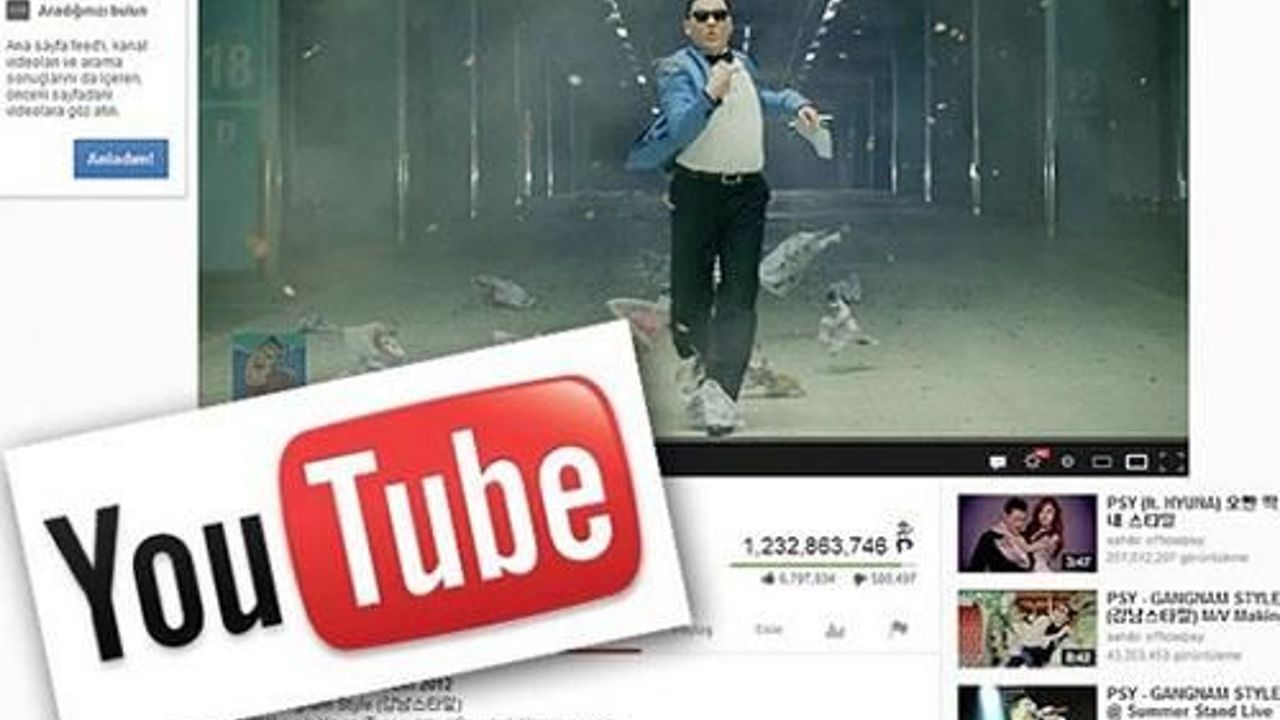YouTube experiments with multi-angle videos
Googles YouTube video streaming service launched an experiment Wednesday that allows users to switch the camera angle while a video is playing.

Font Size:
The Choose your view feature rolled out with a video of a Los Angeles performance by musician Madilyn Bailey. By clicking on different icons on the video, users can seamlessly see the performance from different camera angles, essentially directing their own experience.
What if your fans could choose from different camera angles of the same video while that video is playing? YouTube asked content creators in a press release.
While the feature currently has just one video, YouTube is asking users to test out the interactive experience.
We're testing a new feature that allows YouTube creators to upload videos from different camera angles from the same performance, letting fans choose their view and how they want to experience your video, YouTube wrote in the announcement.
The concept of multi-angle video streaming has been tested before, most notably by the startup Streamweaver and Switchcam, which was shuttered last year. Neither of these had the reach or resources as YouTube, which could be able to scale the technology like never before.
YouTube, founded in 2005 and bought by Google for $1.65 billion in 2006, has revealed other experiments with innovative cameras.
In January, the site announced that it was rolling out a program to support 360-degree video in the near future. Several new video cameras released in the past few months record an entire 360-degree panorama at once. A key application for such video is virtual reality, especially as headsets like the Facebook-owned Oculus Rift or the new device announced by Microsoft in January, HoloLens.
For now, YouTubes multi-angle feature is its first dabble in interactive experiences, but it could be the start of a trend for the site.
Anadolu Agency
What if your fans could choose from different camera angles of the same video while that video is playing? YouTube asked content creators in a press release.
While the feature currently has just one video, YouTube is asking users to test out the interactive experience.
We're testing a new feature that allows YouTube creators to upload videos from different camera angles from the same performance, letting fans choose their view and how they want to experience your video, YouTube wrote in the announcement.
The concept of multi-angle video streaming has been tested before, most notably by the startup Streamweaver and Switchcam, which was shuttered last year. Neither of these had the reach or resources as YouTube, which could be able to scale the technology like never before.
YouTube, founded in 2005 and bought by Google for $1.65 billion in 2006, has revealed other experiments with innovative cameras.
In January, the site announced that it was rolling out a program to support 360-degree video in the near future. Several new video cameras released in the past few months record an entire 360-degree panorama at once. A key application for such video is virtual reality, especially as headsets like the Facebook-owned Oculus Rift or the new device announced by Microsoft in January, HoloLens.
For now, YouTubes multi-angle feature is its first dabble in interactive experiences, but it could be the start of a trend for the site.
Anadolu Agency
Video News

WORLD
26 Mart 2024 - 11:18
Photo News






